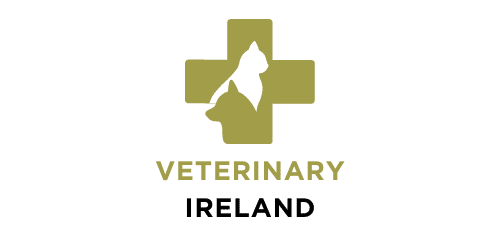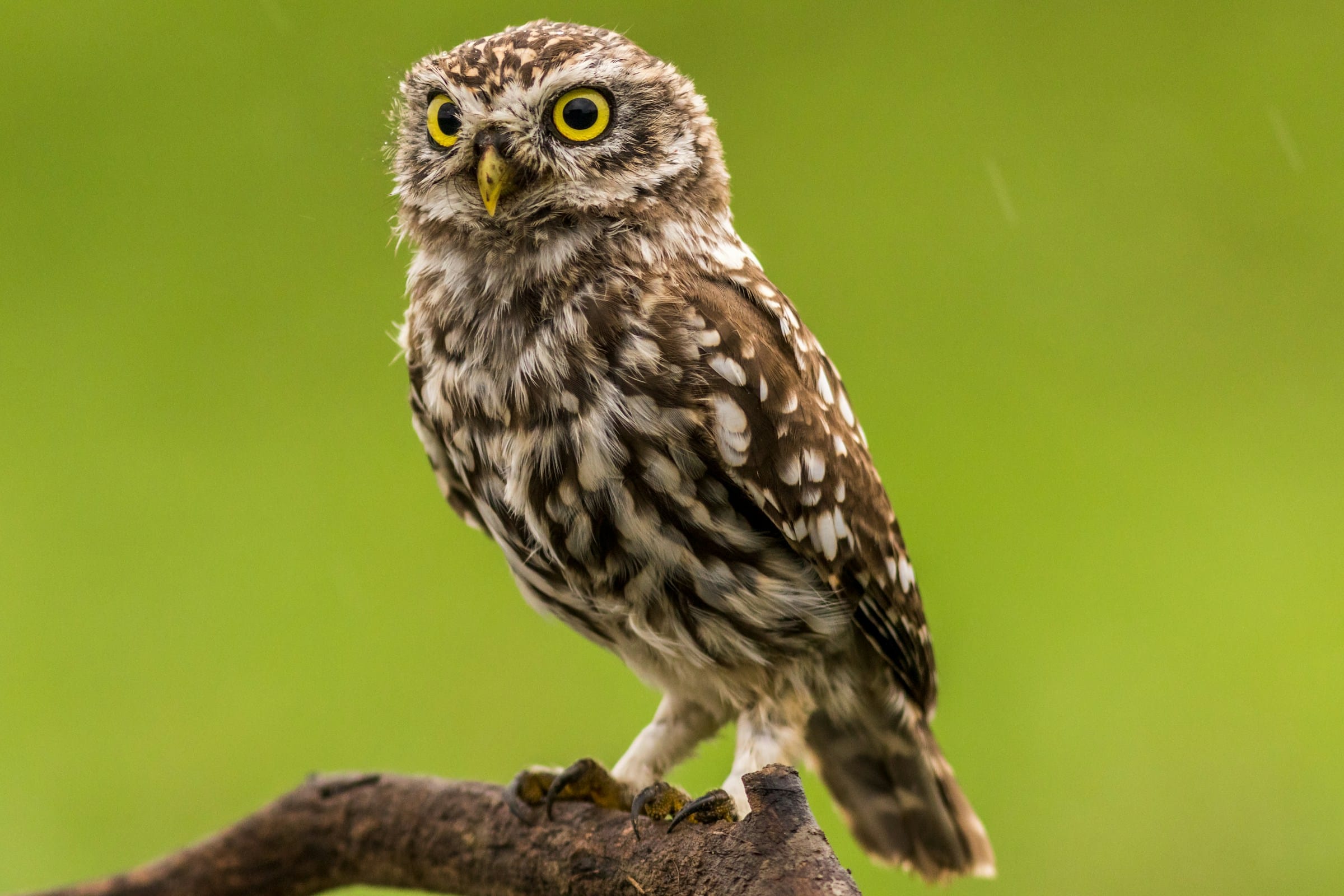As lovers of the animal kingdom, you may already be familiar with the concept of training dogs, cats, or even parrots. But have you ever considered the possibility of teaching a pet owl to respond to basic commands in an indoor environment?
While it’s not as traditional as dog training, owl training is a fascinating and enriching endeavor that requires love, patience, and a thorough understanding of these majestic creatures.
Let’s dive into the world of owl training and see how it works, what it entails, and how you can apply it in your own life.
En parallèle : How to develop a training routine for a Clumber Spaniel that minimizes risk of joint injuries?
Understanding the Nature of Owls
Before starting any training program, it’s essential to understand the nature of the animal you’re working with. With owls, recognize that they’re not domestic animals like dogs or cats. They’re essentially wild animals, with behaviours and instincts that are a far cry from our more familiar domestic pets.
Owls are nocturnal hunters, equipped with acute senses of hearing and sight. They’re solitary creatures, meaning they don’t naturally crave human interaction or companionship. Despite these challenges, it’s possible to train an owl to respond to basic commands. This training, often used by falconers, is based on trust, respect and positive reinforcement.
Lire également : How can you create a stimulating indoor environment for a Bengal cat prone to hyperactivity?
The Importance of Positive Reinforcement
Positive reinforcement is a key concept in animal training, from dogs to dolphins to, you guessed it, owls. In essence, it revolves around rewarding desired behavior, which encourages the animal to repeat it.
For owls, food is often the most effective reward. Contrary to dogs, who can be motivated by affection and praise, owls are more transactional animals. If they see a clear benefit in a certain action (like receiving a tasty morsel of food), they’re likely to repeat it.
That’s not to say that there’s no emotional bond between trainer and owl. Quite the contrary. A strong, trusting relationship is crucial for successful training. But it’s this bond, built over time, combined with the promise of food rewards, that will coax an owl into obeying commands.
Essential Commands for Indoor Training
Now that you understand the mindset of owls and the importance of positive reinforcement, let’s get into the meat of the matter: the actual training.
Just as with dogs, start with simple commands. “Step up” is a good starting point. This command trains the owl to step onto your gloved hand on command. Start by presenting your glove at the owl’s feet level while holding a food reward in your other hand. As soon as the owl steps onto your hand, reward it with the food.
Another essential command is “Fly to me,” which is exactly what it sounds like. Start small, with the owl on a perch a few feet away. Extend your gloved hand (with a food reward in the other), and use a consistent verbal command. When the owl flies to you, reward it immediately.
Remember, patience is key. Owls, like any animal, will have good days and bad days. Consistency is your ally in this training journey.
The Role of Enrichment in Owl Training
Enrichment, in this context, refers to any additions to an animal’s environment or lifestyle that provide mental or physical stimulation.
For owls, enrichment is especially important. These are intelligent creatures, and without proper mental stimulation, they can easily become bored or stressed.
Consider providing puzzle feeders, which provide food rewards only when the owl solves a simple puzzle. These can keep an owl’s mind sharp and engaged. Similarly, varying the types of food rewards can also provide enrichment.
Moreover, regular flight sessions can provide necessary physical exercise and mental stimulation. A roomy indoor aviary, with perches at different heights and textures, can also do wonders for an owl’s physical and mental health.
Health and Safety Considerations in Training
Lastly, it’s crucial to remember that the health and safety of the owl should always be your primary concern.
Always use a proper falconry glove when handling your owl, as their talons are sharp and can cause serious injuries. Never force an owl to do something it’s uncomfortable with. Pushing an animal beyond its comfort zone can lead to stress and negative health impacts.
Ensure that your owl’s diet is nutritionally balanced, as malnutrition can lead to a host of health issues. Regular visits to a vet experienced with birds of prey are also a must to ensure your owl’s good health.
Lastly, it’s essential to remember that in many places, keeping an owl as a pet is subject to legal restrictions. Always research local legislation thoroughly before deciding to bring an owl into your home.
In conclusion, training an owl is a challenging, yet rewarding endeavor. With understanding, patience, and a lot of love, it’s possible to teach these majestic creatures to respond to basic commands in an indoor environment.
The Fusion of Educational Programs and Training Methods
Understanding the mindset of owls, the importance of positive reinforcement, and the basic commands for indoor training are all fundamental elements of an effective owl training program. However, the incorporation of innovative educational programs and diversified training methods can enhance the effectiveness of the training sessions.
When it comes to animal behavior, particularly in regard to owls, traditional training methods often emphasize food-based rewards. While this is certainly effective, it’s crucial to remember that owls, being intelligent and curious creatures, can also benefit greatly from more advanced training techniques. This is where educational programs come into play.
For instance, incorporating agility into your training program can be extremely beneficial. Inspired by dog agility, these programs can significantly improve an owl’s physical fitness and mental stimulation. The owl would be trained to fly through hoops, around obstacles, and even to specific locations. Just as agility dog training strengthens a dog’s body and mind, so too does this form of training for owls.
Furthermore, dog trainers often employ body language to communicate with their charges. Owls, too, can learn to understand and respond to certain gestures or movements, enhancing the depth of communication between pet parents and their owl.
While conducting training sessions, it’s also crucial to understand the animal’s sense of smell. Unlike dogs, owls primarily rely on their vision and hearing for hunting. However, introducing scent-based activities can provide an additional layer of enrichment.
Incorporating these innovative training methods into an owl’s training program can make it more engaging and effective, leading to a well-trained, happy, and healthy pet owl.
Conclusion: The Fulfilling Journey of Owl Training
Training an owl to respond to basic commands in an indoor environment is a unique and rewarding journey that deepens the bond between the owl and its human companion. It’s a process that requires a deep understanding of the animal, a dedication to positive reinforcement, and the patience to work within the owl’s comfort zone.
This journey, however, is not without its challenges. It’s a demanding process that necessitates a commitment to regular training sessions, free flight, and the provision of a stimulating environment. Additionally, it’s also important to remember the critical role of pet parents in maintaining the owl’s physical and mental well-being. Regular vet visits, a balanced diet, and a thorough understanding of the owl’s body language are all essential.
In addition to these, the use of innovative training techniques and educational programs can greatly enhance the effectiveness of the training. Agility training, puzzle feeders, and the introduction of scent-based activities can all provide additional layers of mental and physical stimulation for the owl.
Ultimately, while it’s a challenging task, the rewards of successfully training an owl are immeasurable. The bond formed, the mutual understanding developed, and the joy of watching this majestic creature learn and grow make all the challenges worth it. So, as you embark on this journey, remember to be patient, be consistent, and most importantly, enjoy the process. Because, just like training dogs, the journey is just as important as the destination.
As responsible pet parents, we must always strive to understand and respect our pets’ needs and behaviors. With owls, this includes acknowledging their wild nature, working with their instincts, and fostering mutual trust and respect. With these principles in mind, it’s possible to have a highly enriching and fulfilling experience of owl training, made all the more rewarding by the love and companionship of these majestic creatures.











